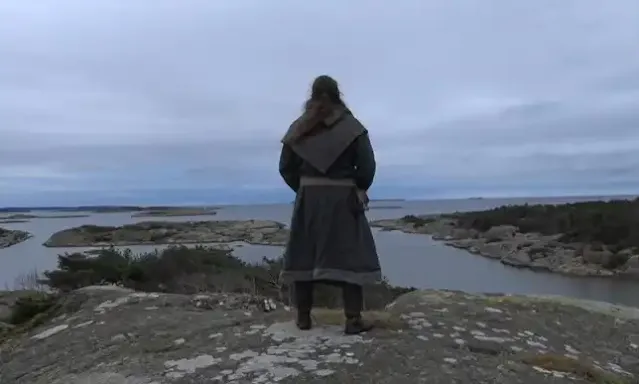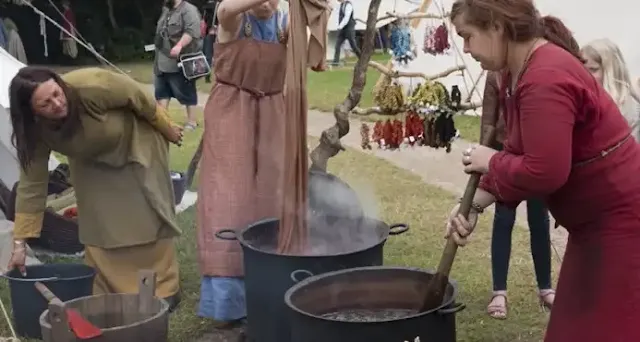Introduction
Throughout history, clothing has played a significant role in reflecting cultural identities and societal norms. In the case of the Vikings, a seafaring Scandinavian people who thrived during the Viking Age (approximately 793-1066 AD), their clothing not only protected against harsh weather conditions but also served as a means to express social status and personal style. Here, we will delve into the fascinating world of Viking clothing, shedding light on its materials, designs, symbolism, and functionality.
Materials Used in Viking Clothing
The Vikings ingeniously utilized various natural resources to craft their garments. Wool was one of the most common textiles used due to its abundance in Scandinavia. Known for its insulating properties even when wet, wool provided warmth during long voyages across treacherous waters. Additionally, linen made from flax fibers was another prevalent fabric choice among the Vikings due to its lightweight nature.
These resourceful seafarers also utilized animal skins, such as those from seals or bears. These skins were often transformed into cloaks or capes for added protection against cold winds and rainstorms encountered during their maritime expeditions.
Designs and Styles
Viking clothing exhibited distinctive design elements tailored both for practicality and aesthetic appeal. The tunic was a fundamental piece worn by both men and women alike; it consisted of a simple straight-cut garment reaching knee-length or lower with short sleeves. Tunics varied in color depending on dye availability within regional territories.
Over tunics or dresses called "aprons" were commonly worn by women as part of their ensemble; these typically featured decorative embroidery along hems or necklines showcasing intricate patterns inspired by nature, such as animals or plants.
Brooches are iconic features associated with Viking attire - prominent fastening devices that hold together layers of garments like shawls known as "hangerocks." These brooches were often crafted with exquisite artistry, displaying craftsmanship and wealth. Their designs ranged from simple geometric patterns to elaborate animal motifs, demonstrating the Vikings' penchant for intricate metalwork.
Symbolism in Viking Clothing
Viking clothing served functional purposes and acted as a symbolic representation of social status and cultural identity. Wealthier individuals adorned themselves with garments made from finer materials, such as imported silk or elaborately patterned textiles, showcasing their affluence within the community. Conversely, those of lower societal standing would wear more straightforward attire from locally sourced fabrics.
Furthermore, certain colors held specific meanings in Viking society. The color red was associated with power and strength and was commonly worn by warriors to intimidate enemies on the battlefield. Blue symbolized protection against evil forces, while yellow denoted prosperity and wealth.
Functionality of Viking Clothing
Living in regions characterized by cold climates posed unique challenges for the Vikings; thus, their clothing needed to be practical and versatile. Layering was crucial in combating extreme temperatures encountered during long sea voyages or harsh Scandinavian winters.
The Vikings employed undergarments known as "linnets" to enhance insulation beneath their tunics or dresses. In addition to providing warmth, these underlayers absorbed sweat generated during physical activities, which prevented discomfort caused by dampness.
Outerwear such as cloaks or mantles offered further protection against wind and rainstorms due to their water-resistant properties when treated with natural substances like beeswax or oils extracted from fish liver.
Conclusion
Viking clothing represented more than mere garments; it embodied a culture's resilience, creativity, class distinctions, and connection with nature's elements. Through resourcefulness in utilizing available materials combined with skilled craftsmanship demonstrated through textile production techniques and decorative embellishments, the Vikings left behind a rich legacy reflected not only through archaeological finds but also through saga literature, where vivid descriptions of attire have been preserved throughout centuries. Through the study of Viking clothing, we gain valuable insights into the complex tapestry of their society and better understand their enduring influence on countless aspects of modern-day fashion.












0 Comments